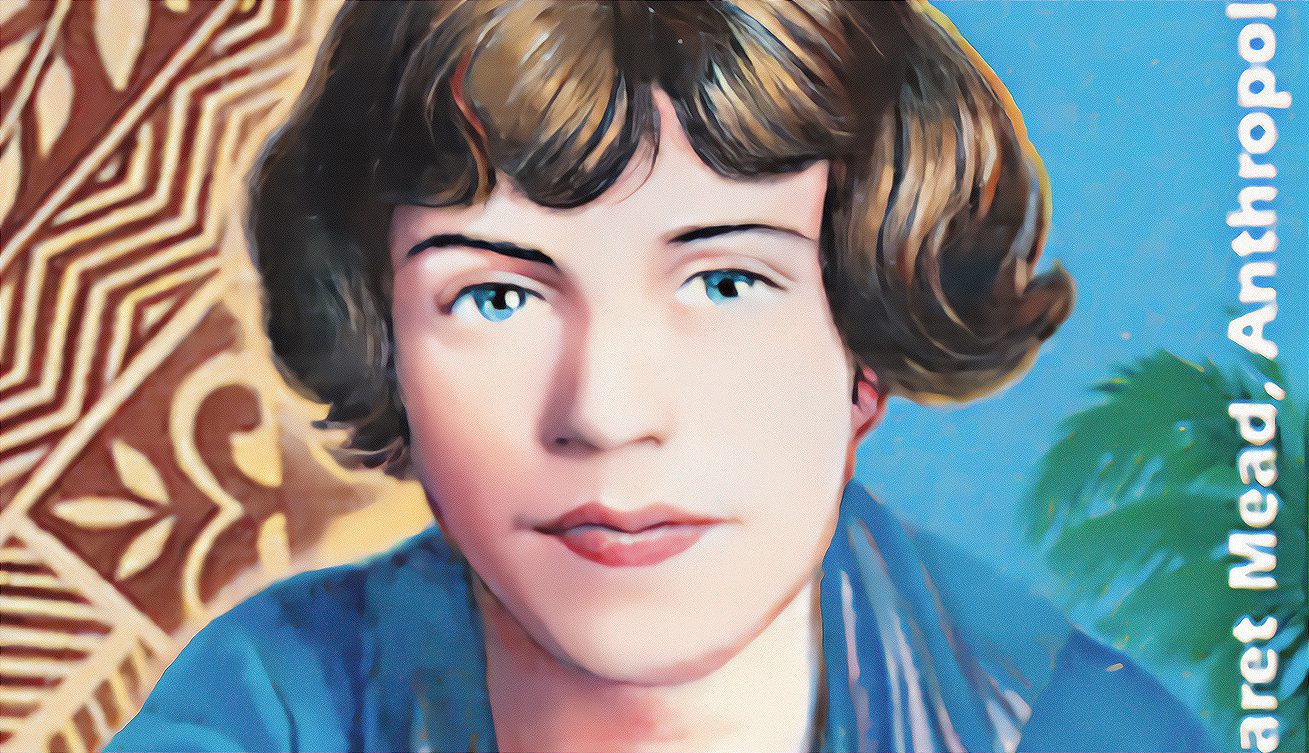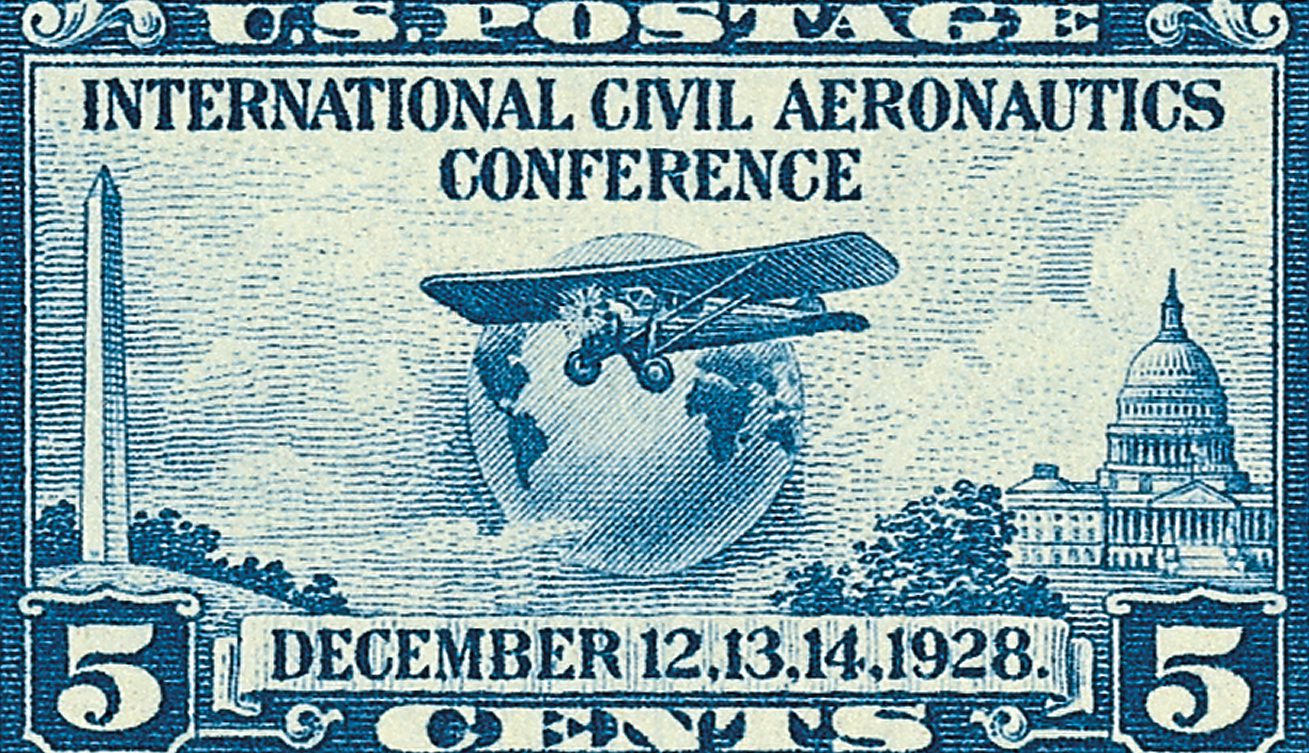Birth of Arthur Fiedler
Famed American conductor Arthur Fiedler was born on December 17, 1894, in Boston, Massachusetts. Best known for his long leadership of the Boston Pops Orchestra, Fiedler transformed classical music from a formal concert hall tradition into an experience enjoyed by millions. Through radio broadcasts, recordings, and outdoor performances, he helped make orchestral music accessible, entertaining, and deeply popular in American culture.









